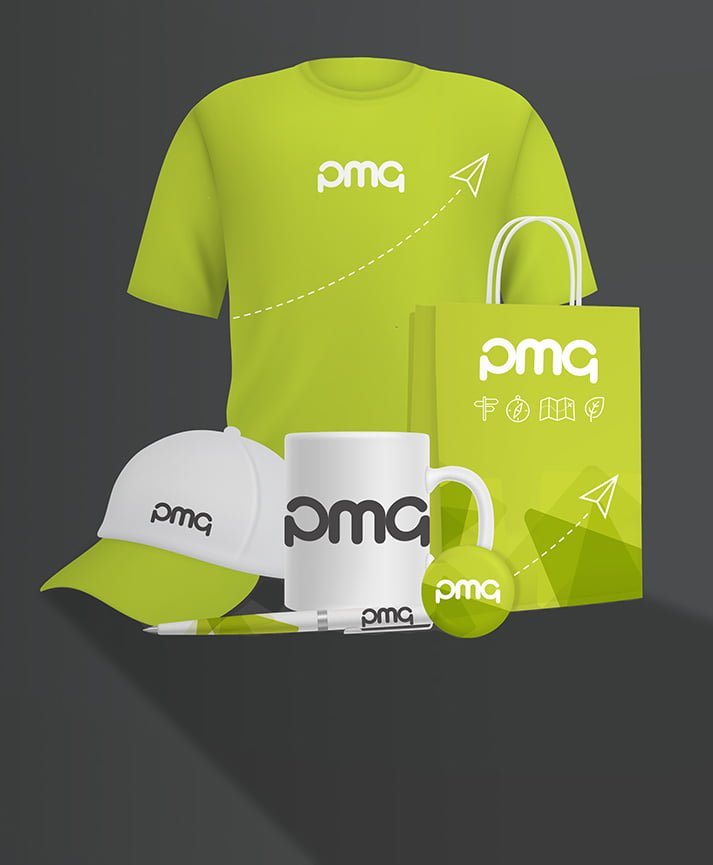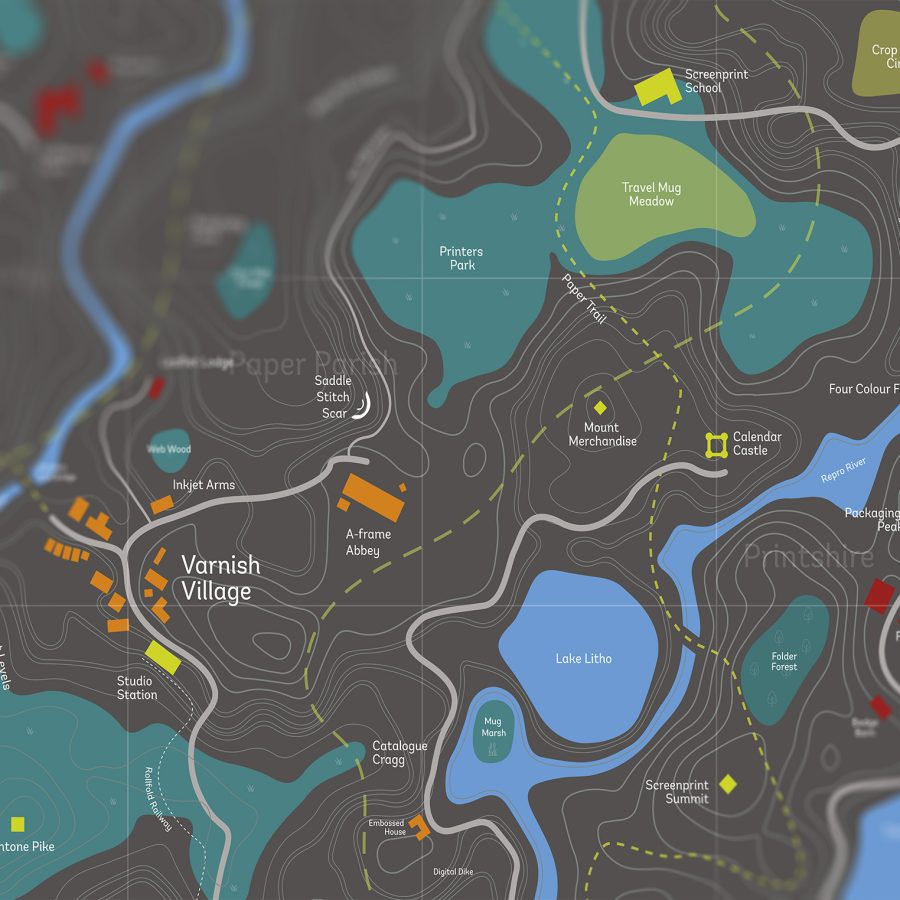
We don’t blame you for believing that ‘paper is paper’ and that there’s nothing more to it than that. It’s an oft-held misconception, after all! However, when it comes to the big, important print jobs – whether we’re printing point-of-sale marketing materials or annual business reports – choosing the right paper can mean the difference between merely legible and truly memorable results. While one project might suit a certain quality or variety of paper, another might require paper of a completely different kind. Developing a great design is only part of the equation, and if you want print that’s going to produce tangible results, you’ll need the help of clever print management too. Here are just some of the things we must consider when selecting the paper for your print projects…
Size
In order to be as economical as we can and minimise paper wastage, we must consider the size of your print project and determine which paper size would be best suited to the job. Paper comes in a wide range of sizes and shapes that go far beyond the standard A4, A3 and A2. Your print project might require a size or shape that is quite out of the ordinary, so it is down to us to ensure that while we don’t let any paper go to waste, we provide an appropriate paper size to flatter your print. Sometimes, changing design dimensions but just a few millimetres could mean significantly decreasing the amount of paper wasted in a project, which equates to significant cost savings.
Weight
The thickness and weight of your paper will determine its sturdiness and crease resistance. Heavier paper is ideal for artwork or pieces that are likely to be handled often: business cards, postcards or brochures, for example. Weight is key – the last thing you’ll want is for your company’s business cards to become crumpled the moment they leave the box, or for a brochure to last for one read-through only because the pages are too worn and torn.
Colour
Sometimes, your print products will appear far more interesting and effective when printed on coloured paper, but selecting the right colour for your project is critical. It’s important to determine which colours will work well together and avoid those that might print poorly on coloured paper. We take into consideration the colours included in your design and see if certain complementary tones might bring them to life and help your print stand out.
Brightness
Believe it or not, but there is a measure of ‘brightness’ that can be applied to various paper compounds too. Brighter paper can offer greater contrast, helping text to make more of a visual impact and allowing images to become all the more vivid. The brighter the paper, the more likely your print is to stand out, although duller compounds work well with certain colours and alongside certain projects too. It’s important to select a paper compound that suits the project at hand.
Finish
Possibly the most important aspect to consider when selecting the paper compound for your print project is the finish. We will always discuss the look you desire before beginning any printing because the right finish can always help to enhance the look of your project. A glossy finish allows colour photos to pop, while a matte finish can make text documents easier to read. A satin finish, meanwhile, gives brochures and business cards a smart, professional look. Certain finishes will also ensure that your print doesn’t scratch easily or show fingerprints – attributes ideal in an oft-handled object.
So, there you have it! No less than five reasons why not all paper is created equal and why the type of paper we choose can have a significant effect on your print project. Here at PMG Print Management, we know all the tricks of the trade and have a wealth of print management experience under our belts, so feel free to leave the thorny subject of paper selection to us. Why not contact a member of the team today to discuss how we can help you in future?
















































